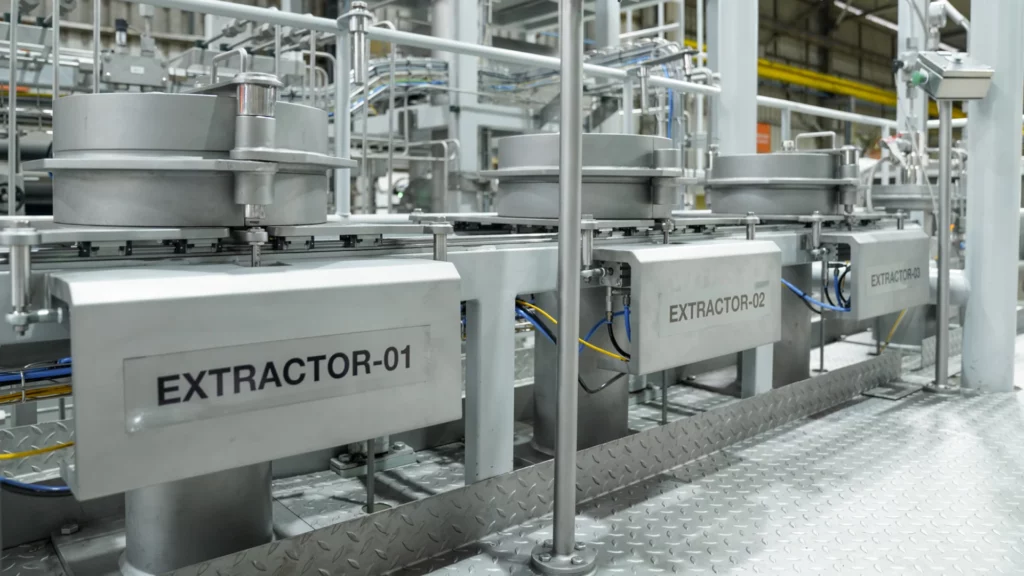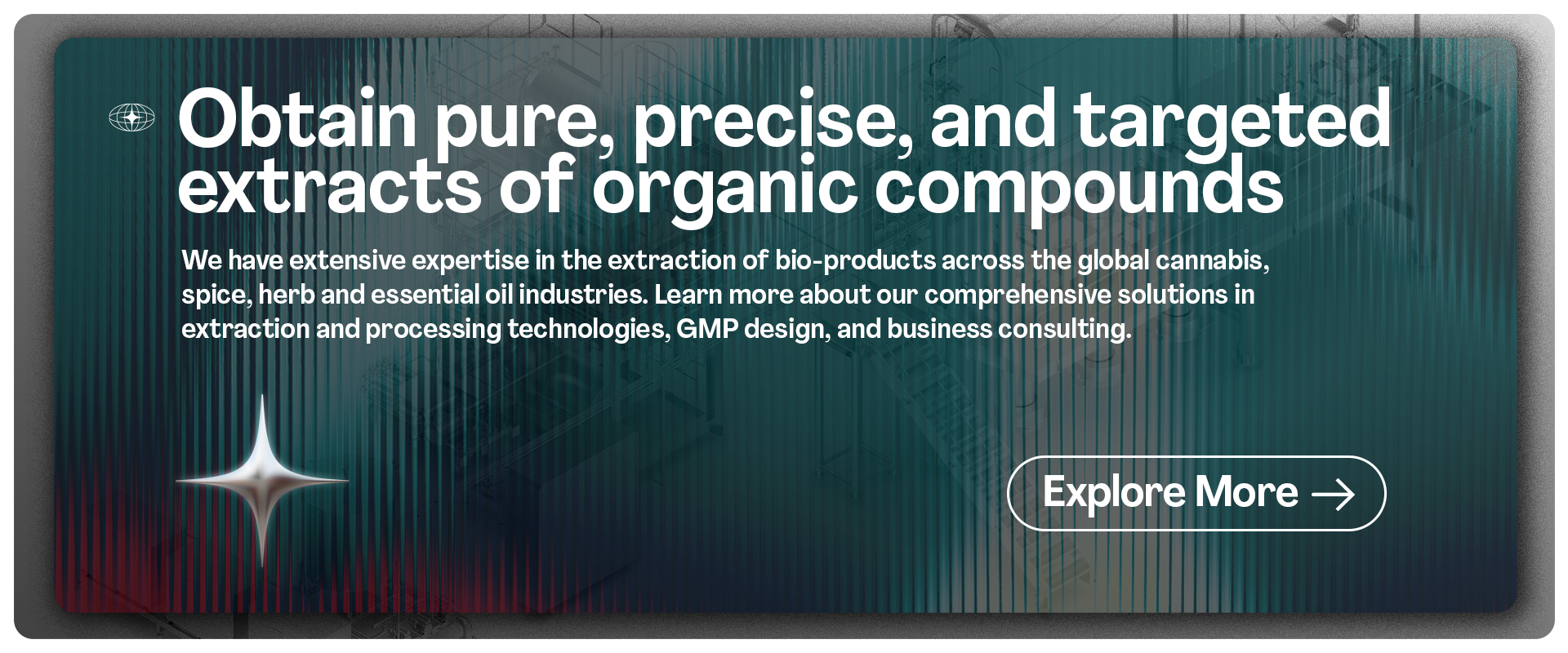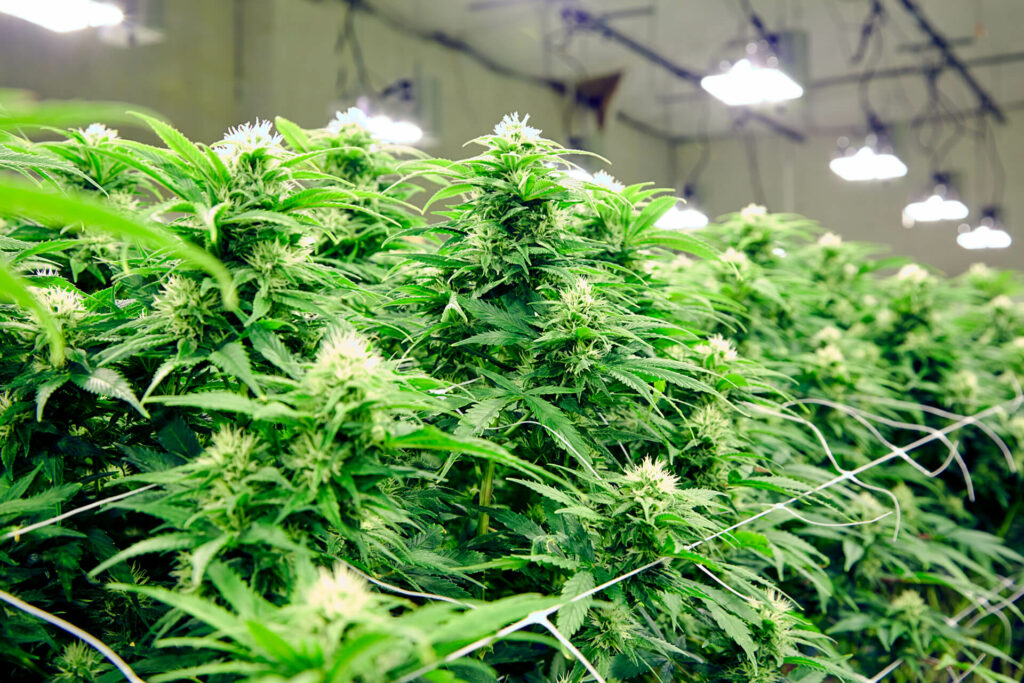In the booming botanical extraction industry, where demand for high-purity oils and concentrates surges, the CO₂ extractor has become indispensable. Specifically, Level 2 supercritical CO₂ extractor systems, like those from Buffalo Extracts, offer a mid-tier solution with 25-liter extractors configurable in 2 or 3 units, operating at pressures up to 650 bar and temperatures from 70–110°C. These CO₂ extraction machines excel in batch processing with CO₂ recirculation, co-solvent pumps, and automatic changeover valves, making them ideal for mid-scale operations. However, as producers eye larger volumes—say, from processing 50–100 kg of biomass daily to tons—scaling these supercritical CO₂ extraction machines reveals significant hurdles. This article explores those challenges, drawing on system specifics to guide operators toward informed upgrades or optimizations. With CO₂ extraction equipment investments ranging into six figures in supercritical CO₂ extraction machine price, understanding scalability is crucial to avoid costly pitfalls.
The CO₂ extract machine in Level 2 configuration leverages supercritical fluid extraction principles: CO₂ is pressurized beyond its critical point (31°C and 73.8 bar) to act as a tunable solvent, extracting compounds without residues. Features like precise pressure control and intuitive SCADA Systems monitoring enhance efficiency, but the system’s design inherently limits seamless expansion. Below, we dissect key challenges, infused with practical insights for navigating supercritical fluid extraction equipment deployments.
Challenge 1: Throughput Limitations from Batch-Oriented Design
At its core, the Level 2 closed loop CO₂ extractor operates in batch mode, loading milled biomass into 25-liter vessels, pressurizing with a 150–350 LPH CO₂ pump, and cycling through extraction and separation phases. While this yields high-quality extracts—thanks to consistent flow and superior sealing that minimizes downtime—a single cycle can take several hours, depending on material density and target compounds. For larger volumes, operators must repeat batches, leading to cumulative delays.
Scaling amplifies this: Doubling production might require running extractors in series, but even with 3 units, throughput caps at around 100–200 kg/day for dense botanicals like hemp. Transitioning to continuous or semi-continuous modes demands custom retrofits, which aren’t native to standard CO₂ extraction systems. Industry reports note that batch systems like this CO₂ extraction machine variant see efficiency drop noticeably when scaled without parallel units, as loading/unloading becomes a serial bottleneck. The automatic changeover valves help, enabling rapid switches between extractors, but manual biomass prep—grinding to uniform particles—still halts the line, potentially idling the supercritical CO₂ extractor for significant stretches each cycle.
To mitigate, some operators parallelize with multiple Level 2 setups, but this inflates the CO₂ extraction machine price without proportional gains in automation. For those browsing CO₂ extraction machine for sale, consider hybrid models that blend batch flexibility with semi-continuous flow, though they command a premium in supercritical CO₂ extraction machine price.
Challenge 2: Capital and Infrastructure Demands for Expansion
Investing in a Level 2 CO₂ extraction equipment setup is straightforward for mid-scale, but scaling to industrial volumes (e.g., 1–5 tons/day) exposes steep capital barriers. Each additional extractor adds major costs to the bill, and integrating 3+ units requires reinforced facility infrastructure: high-capacity chillers for CO₂ recovery, expanded electrical systems for pumps and heaters, and larger separation vessels to handle increased resinous outputs.
The system’s CO₂ recirculation—condensing and reusing solvent—is a boon for efficiency, but at scale, minor leaks or inefficiencies compound into massive losses. Even a small daily CO₂ purge in a small extractor becomes costly when scaled to a fleet. Moreover, certifications like CE, PED, ASME, and GMP, standard for these supercritical fluid extraction equipment, demand rigorous compliance testing per expansion, delaying rollout and hiking costs.
Facility-wise, the 350–650 bar pressures necessitate bunker-grade reinforcements, often doubling build-out expenses. Operators scaling from Level 1 (smaller, 5–10 L) to Level 2 already face this, but pushing to Level 3 (50–100 L extractors) or beyond reveals exponential infrastructure needs. Buffalo Extracts’ design shines in modularity—extractors can run singly or in series—but without on-site engineering support, integration falters. The closed loop CO₂ extractor’s proprietary valves and app-based controls are user-friendly at base scale, yet syncing multiple units for synchronized runs requires custom software, adding another layer of investment.
For budget-conscious buyers, the CO₂ extraction machine price for Level 2 hovers accessibly, but scaling ROI stretches significantly compared to unscaled operations. Advice: Lease modular CO₂ extract machine add-ons or explore financing for phased growth to spread the supercritical CO₂ extraction machine price burden.
Challenge 3: Operational Complexity and Skilled Labor Shortages
As production volumes climb, the CO₂ extraction system’s operational intricacies intensify. Level 2 units demand precise tuning—maintaining 70–110°C temps for optimal solubility while avoiding compound degradation—via the included co-solvent pump for polar targets. At small scales, a single technician suffices; scaling introduces multi-vessel orchestration, where pressure imbalances across extractors can skew yields significantly.
The intuitive SCADA Systems for recipe control and remote monitoring eases this, but troubleshooting high-pressure isolations or separator clogs from viscous extracts requires specialized training. With CO₂ extraction machine tech evolving, the talent pool for supercritical experts remains thin; hiring certified operators is costly, and turnover disrupts scaled runs. Maintenance, though minimized by superior sealing, scales linearly: routine filter swaps on one unit are manageable; on five, they cascade into unplanned downtime, slashing uptime noticeably.
Energy demands also surge—pumps and heaters at 150–350 LPH guzzle power, with scaled systems potentially tripling utility bills without efficiency audits. Environmental regulations add layers: larger supercritical CO₂ extractor footprints mean stricter emissions tracking for CO₂ handling, complicating permits.
Case in point: A mid-tier producer scaling a Level 2 CO₂ extraction machine to meet 500 kg/day saw yield variance from operator error, as noted in industry forums. Mitigation includes investing in AI-driven predictive maintenance for supercritical CO₂ extraction equipment, though this adds to initial machine cost.
Challenge 4: Yield Consistency and Quality Control at High Volumes
Maintaining exact purity during scale-up is paramount, yet Level 2 CO₂ extractor designs, optimized for targeted extractions via precise controls, falter under volume pressure. Higher throughput risks over-extraction, degrading terpenes or cannabinoids in cannabis runs, as flow rates push solvent-biomass contact beyond equilibrium.
The dual separators—individually controlled for fractionation—excel at small batches, collecting low-viscosity oils efficiently. But at scale, resin buildup accelerates, necessitating frequent cleanings that extend cycles. Co-solvent integration (e.g., ethanol for phenolics) boosts yields but introduces phase-separation risks in larger vessels, demanding advanced downstream processing like winterization, which bottlenecks the closed loop CO₂ extractor line.
Quality assurance amplifies: GMP compliance requires batch traceability, but scaled data logging from the app overwhelms manual reviews. Variability in biomass—moisture or particle size—affects all vessels unevenly, dropping overall yields without automated feeders. For supercritical fluid extraction equipment users, this means investing in upstream homogenization, inflating total supercritical CO₂ extraction machine price further.
Economic and Strategic Hurdles in Scaling
Economically, scaling Level 2 CO₂ extraction equipment disrupts the cost-per-liter sweet spot. While base CO₂ extraction machines for sale listings tout quick ROI via reusability and non-toxicity, volume growth erodes margins through higher CO₂ makeup (despite high recovery rates), energy (up sharply for multi-unit runs), and waste handling for spent biomass.
Strategically, producers locked into Level 2 face “scale traps”: Upgrading to Level 3 or 4 systems (larger extractors, continuous flow) can render earlier investments obsolete, with migration costs running high. Market volatility—fluctuating CO₂ extraction machine price due to steel and component shortages—further deters. Yet, benefits like anti-hydrolysis stability and food-grade outputs justify persistence if paired with modular expansions.
Navigating the Path Forward
Overcoming these challenges in scaling Level 2 supercritical CO₂ extractor systems demands a hybrid approach: Modular add-ons for throughput, rigorous training protocols, and phased infrastructure builds. By addressing batch limitations, capital strains, operational complexities, and quality drifts head-on, operators can leverage the CO₂ extract machine’s strengths—efficiency, safety, and tunability—for sustained growth. Whether evaluating CO₂ extraction machine for sale or optimizing existing supercritical CO₂ extraction equipment, prioritize scalability audits to ensure your CO₂ extraction system evolves with demand, maximizing returns on that supercritical CO₂ extraction machine price.




